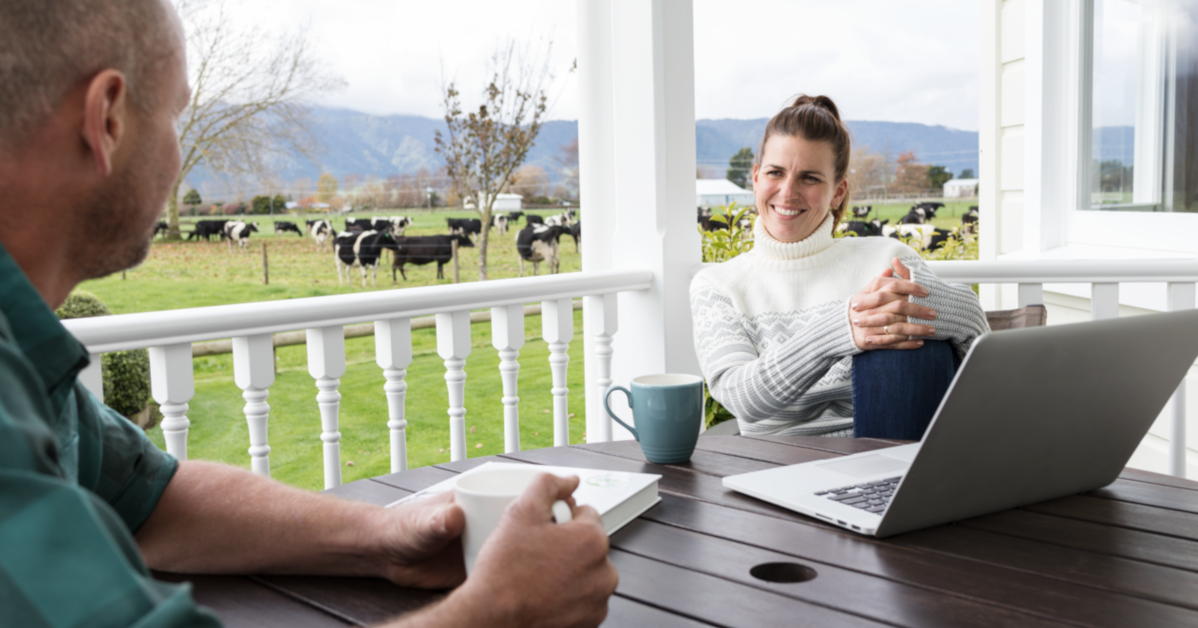We’ve noticed that the past decades have seen a significant and positive shift in philosophy with product design and development. It used to be that entrepreneurs and designers would be reminding themselves of Henry Ford’s quip – “ If I had asked people what they wanted, they would have said faster horses.” If in doubt, the product development team knew best – and through their own creative brilliance, they could deliver the best solutions.
Then came the focus on technology, with the oft-cited Skunk Works example. Engineers and product teams craved big budgets and siloed spaces, where they could deliver fast-paced and radical innovations to unleash on the market.
None of those philosophies are wrong – but we think they are both incomplete. And we’re encouraged to see more and more organisations and entrepreneurs recognising the power of bringing customers into the product design and development process from the earliest stages.
We see the impact of customer centred design at Rezare each week. So we’re encouraged to see the wave of articles giving the fantastic advice – go and develop with your customers. It’s good advice! When this advice is partnered with strong technological capabilities and agile processes – good things happen.
Many of the articles just conclude with an encouragement for you to go and talk to your customers. Go to their world. Meet them. Understand them.
But two key questions are often neglected:
- Why should we go and talk to our customers?
- How should we go about it?
In this blog, we’ll cover the first question – why is it important to go and talk to our customers?
At Rezare Systems, we’ve discovered four key reasons why designing meaningful interaction with your customers can drive fantastic product development.
- Your customers are the ones who will use the product.
We know this sounds obvious – but it is deceptively easy to get so focused on your product, you forget about the people who are going to use it. The result? A focus on technology and design, and a product that may have all the latest features – but is incredibly difficult for your customers to use.
And – the vast majority of the time – your product development team are focused on solving somebody else’s problem. Agritech firms are designing products to be used by farmers – and many the engineers aren’t farmers in their spare time. Left unchecked, this results in many assumptions – rather than a best-fit solution.
Designing meaningful interaction with your customers as you develop brings them to the heart of your process, and reminds every member of your team that they are the ones who will use the product. This means their voice and their needs must be listened to and integrated into your product design.
- Designing with your customers increases your speed of development (and reduces wasted development time).
If you work in product development – you know the importance of speed. It is essential the product gets to market as quickly as possible, without compromising your value proposition. The longer the product stays in development, the more expenses rise, and the greater stress this can place on cash-flow.
One of the greatest threats to the development process is dead-end development. Each sunk labour-hour into developing features that don’t make it to launch is a costly endeavour, adding wasted time and resource to the development journey.
When you bring your customer to the heart of your development processes, you don’t’ spend time building things that aren’t valuable. Instead, you only focus your development on features that you know are valuable and meet a real customer impact. How? Because your customer is with you, every step of the way.
- Co-design identifies little moments that lead to big success.
At Rezare Systems we like to explore hinge moments. These are the seemingly-small discoveries about the users’ problem and process, that result in big success when integrated into the product.
Most products live and die on small moments of value – which we only discover when we’re interacting with our customers along the journey.
Case in point – one online marketplace was seeking to redesign their interface. They involved customers for the journey, and discovered a meaningful insight – customers like to buy products when they can receive instant answers to their questions or offers from the buyer. In short – they want velocity to their communication.
So, the marketplace decided to add a small little feature. Each listed item had a little indicator that would also show if the seller was online. This would mean that any questions or offers would be responded to faster.
The result with this little tweak? 4% more contact by users, 10% more contacts using the chat function, and an increase in revenue for the company.
Discovering these hinge moments can be critical to the success of your product, and trying to find them without your customer’s input is like spitting in the dark.
- Designing with your customers builds trust and loyalty
Bringing customers into the product design process sounds scary. What if their – or our – ideas are bad? What if we can’t solve their problems? What if we discover that our current solutions aren’t great solutions?
All of these things can happen. However, research from the Delft University of Technology in Holland highlighted that co-design with your users results in higher loyalty between your customers and your company – regardless of the result of the journey.
In short – users enjoy being involved in designing the products they are going to be using. They appreciate their wisdom and experience being drawn on, and often they enjoy seeing the inner-workings of your company.
We’ve found forming these relationships with a range of users often results in ongoing insights – as they provide feedback on problems and products long after any formal communication. They talk to their friends about their experience, and often look forward to the next engagement
We believe the above four reasons are compelling enough for you to consider moving to co-design with your users.
But – how do you do that?
Our next blog post will provide you with six key actions for designing powerful conversations that deliver meaning and value for your product design process – and a great experience for your users. In the meantime, if you have any questions about designing with the customer in mind, and how this might help with your idea, product or service – get in touch with us here.

